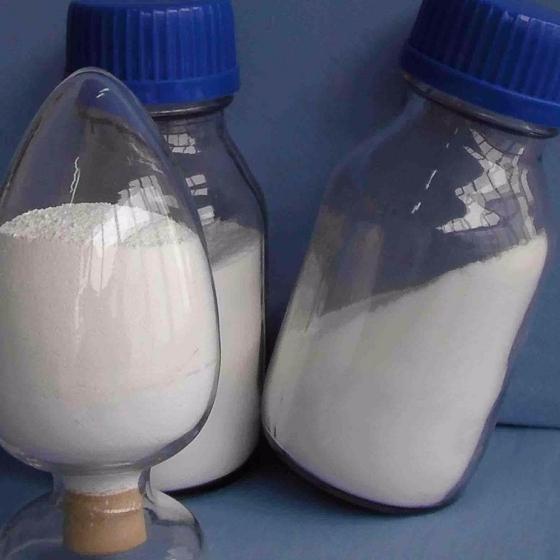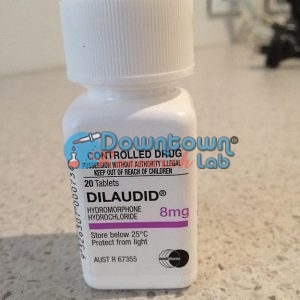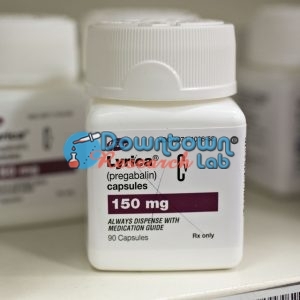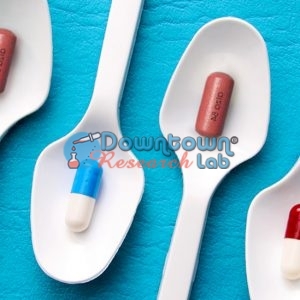Barbiturates are a class of drugs that were used extensively in the 1960s and 1970s as a treatment for anxiety, insomnia, and seizure disorders. Apart from a few specific indications, they are not commonly prescribed these days, having been largely superseded by benzodiazepines, which are much safer, although still potentially addictive.
Barbiturates are known as central nervous system depressants. They enhance the action of GABA, a neurotransmitter that inhibits the activity of nerve cells in the brain.
What are Barbiturates used for?
Historically, barbiturates were used in the treatment of anxiety, epilepsy, to induce sleep, and as anesthetics. Nowadays, their use is limited to a few specific conditions, such as:
- extreme cases of insomnia
- seizures that are unresponsive to other, less toxic, agents
- the induction of anesthesia
- in combination with acetaminophen and caffeine to relieve tension headaches.
Research indicates that the abuse of barbiturates is on the rise, especially among adolescents. They are often used to counteract the stimulant effects of drugs such as cocaine and methamphetamine. This has earned them the nickname “downers”.
The “high” from barbiturate abuse is similar to alcohol intoxication. In small doses, the user feels drowsy, disinhibited, and intoxicated. In higher dosages, the user develops confusion, slurred speech, and staggers like they are drunk. Too high a dose can lead to unconsciousness, breathing difficulties, and sometimes death. In the 1970s many people died after taking barbiturates, and this, together with the fact that they are extremely addictive, are the reasons they are hardly ever prescribed today.
What are the differences between barbiturates?
The main difference between barbiturates is how long they act. Long-acting barbiturates such as phenobarbital can last for well over 24 hours, which makes them useful in combination with other agents to prevent seizures in epilepsy. Thiopental is relatively short-acting and is used to induce anesthesia before general anesthetics are given.
Injectable forms of barbiturates are classified as class A drugs, and oral and rectal forms as class B drugs. This means that any form of possession or supply apart from legitimately with a prescription is a punishable offense.
Common Barbiturates available
| Generic name |
Brand name |
Half life* |
* The half-life is the amount of time it takes for half of the drug to be eliminated from the body. The shorter the half-life, the quicker the drug is eliminated.
** In combination with acetaminophen and caffeine. ***Mephobarbital is converted into phenobarbital in the liver. |
| amobarbital |
Amytal sodium |
15-40h |
| butabarbital |
Butisol |
100h |
| butalbital** |
Capacet, Fioricet |
35h |
| mephobarbital |
Mephobarbital (generic) |
34h+*** |
| methohexital |
Brevital sodium |
2-6h |
| pentobarbital |
Nembutal, Nembutal sodium |
15-50h |
| phenobarbital |
Luminal |
37-140h |
| primidone |
Mysoline |
5-15h |
| secobarbital |
Seconyl sodium |
15-40h |
| thiopental |
Pentothal |
3-11.5h |
| amobarbital/secobarbital |
Tuinal |
Always consult your healthcare provider to ensure the information displayed on this page applies to your personal circumstances.







Reviews
There are no reviews yet.